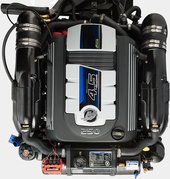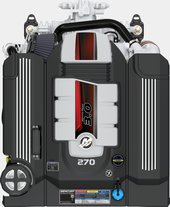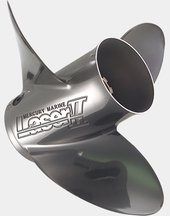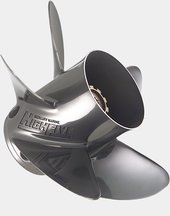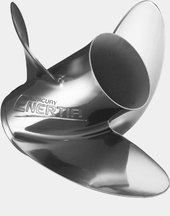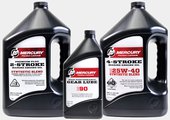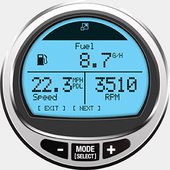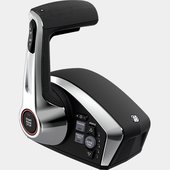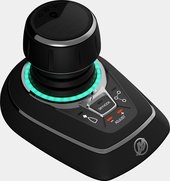Racing into the Future

Mercury Racing opened the new millennium with a new identity, a new logo and a new mission. As its president, Fred Kiekhaefer moved to erase the company's image as the "sugar daddy of racing" to instead position Mercury Racing as the maker of the most innovative products for recreational performance applications.
To demonstrate the durability of its low-emissions, direct-injection two-stroke consumer outboards, Mercury Racing entered multiple teams in the widely acclaimed French endurance race, "24 Hours of Rouen," winning in 2000 with its new 2.5 Litre OptiMax 200XS consumer performance outboard. Two years later, Mercury Racing broke its own speed records in six American Power Boat Association Pro Stock Bass Kilo low-emissions classes.
Performance boats kept getting bigger and boaters wanted to go faster, so Mercury Racing returned to the big horsepower market in a revolutionary way. The 1075 SCi, featuring an integrated supercharged electronic fuel injection system (SCi), delivered automotive-like running quality and eliminated the hassles associated with large performance-boat engines.
New innovations continued to appear, such as Racing's noise-reducing X-haust system, but nothing rocked the high-performance world like the Quad Cam, Four Valve (QC4v) 1350 sterndrive unveiled in 2010. The QC4v was developed secretly under the direction of engineer Erik Christensen. Built on Mercury Racing's own aluminum block, the engine required a new, heavier-duty M8 drive, equipped with a hydraulic transmission. The QC4v, now also available in 1100 and 1650 horsepower versions, performs so much like a car engine that Mercury Racing has made the QC4v available as a crate engine for the automotive aftermarket.


